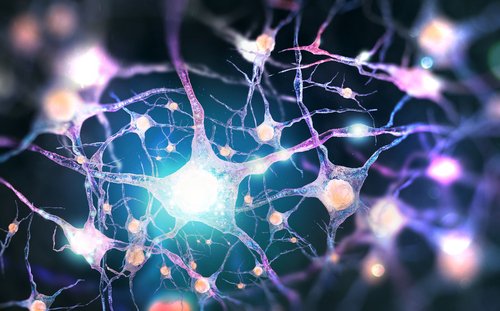Gene Therapy Prevents Vision Loss Caused by CLN6 Disease in Mouse Study
Written by |

Gene therapy directly targeting a specific type of neuron in the retina of the eye was able to prevent vision loss in late infantile Batten disease caused by rare CLN6 genetic mutations in mouse models of the disease.
The study, “Prevention of photoreceptor cell loss in a Cln6nclf mouse model of Batten disease requires CLN6 gene transfer to bipolar cells,” appeared in the journal Molecular Therapy.
Batten disease is frequently accompanied by vision decline that can lead to blindness, which seriously affects a patient’s quality of life. However, current treatments cannot effectively treat this condition because they are directed specifically to the brain and not the eye.
Gene therapy holds promise for the treatment of Batten disease. Preclinical results have demonstrated a partial correction of brain pathology in mouse models who received Abeona Therapeutics’ ABO-201 gene therapy for CLN3 disease and ABO-202 for CLN1.
These therapies have also proven successful in treating retina degeneration caused by other diseases, correcting the expression of faulty genes and treating vision loss in a number of animal models.
In this study, researchers explored if an adeno-associated virus (AAV)-mediated gene therapy could restore CLN6 expression in the eye, preventing degeneration of the cells that sense light and consequent blindness.
Using mouse models with a CLN6 mutation that leads them to progressively lose vision, the team found that the therapy was able to treat vision degeneration, but only when delivered specifically to bipolar cells, a type of neuron found in the retina.
Although vision loss in these mice is characterized by degeneration and death of photoreceptors — the retinal neurons that perceive light — delivering a functional CLN6 to these cells did not result in any improvement compared with untreated animals. CLN6 expression in the retinas of healthy mice was actually found to be stronger in bipolar cells than in photoreceptors.
Mice were treated by eye injections that contained a functional CLN6 gene encapsulated by an engineered AAV vector capable of penetrating all layers of the retina and reaching the bipolar cells that lay deep within this tissue.
In treated mice, retinal function was significantly improved and photoreceptors’ sensitivity to light was preserved in the long term, up to nine months. Treatment also prevented photoreceptor degeneration and death.
Researchers believes this therapy offers hope for treating vision loss not only in CLN6 disease but also in juvenile Batten disease (CLN3), the most common form of the condition. They explained that although CLN6 and CLN3 have different roles in the cell, the same gene therapy strategy targeting bipolar cells may be the key to an effective ocular treatment for both diseases.
They also note that “once CLN3 disease patients have lost vision it can take several years before they develop severe neurological symptoms, creating a time window for therapeutic interventions to treat the visual failure.”




